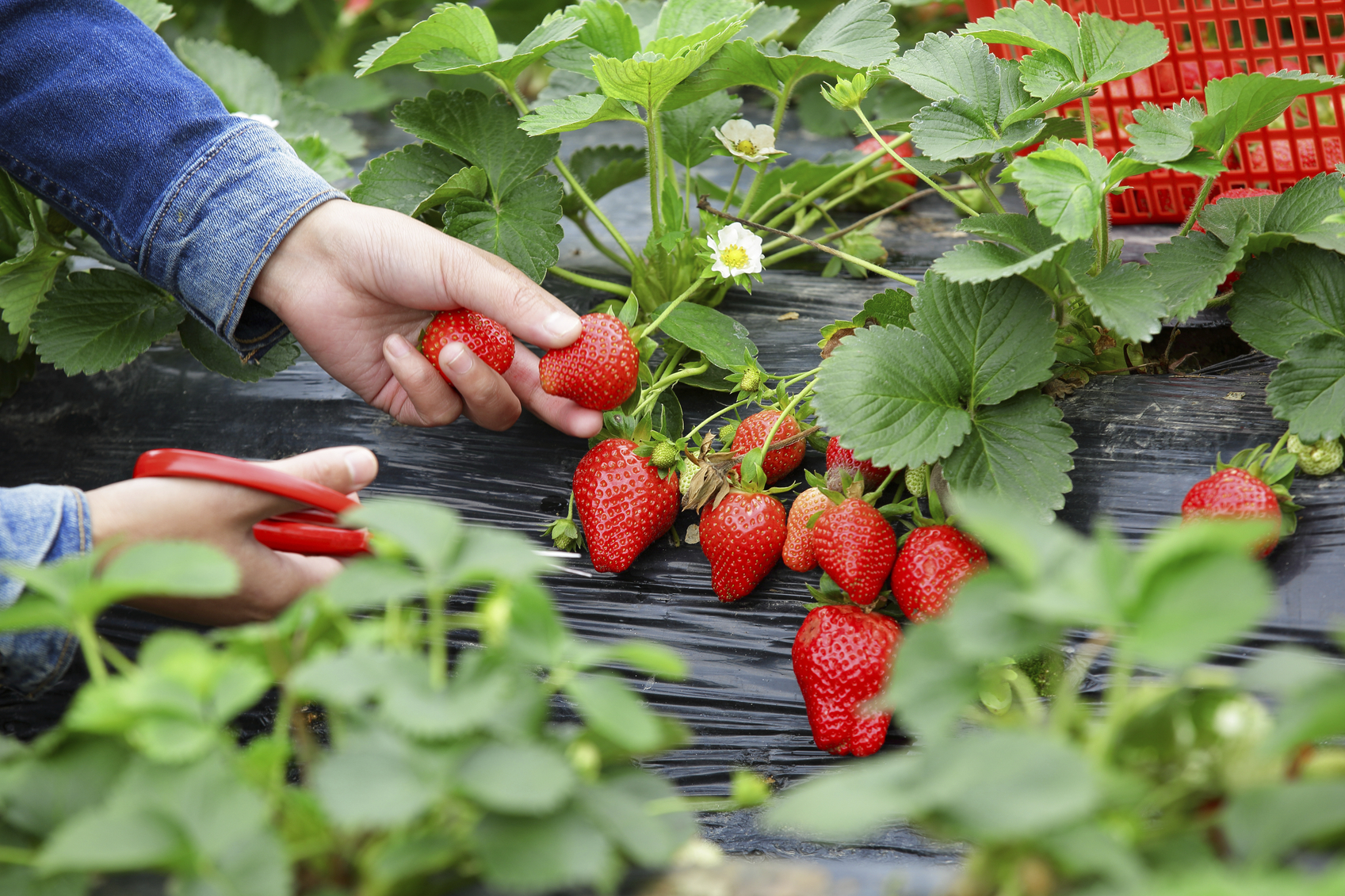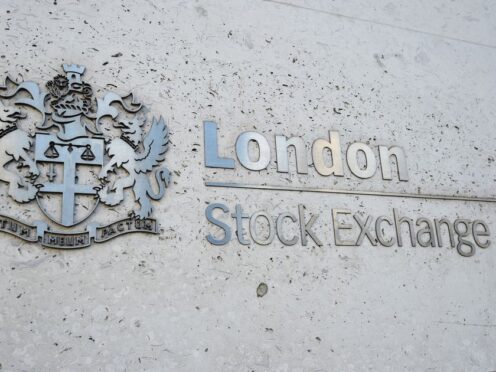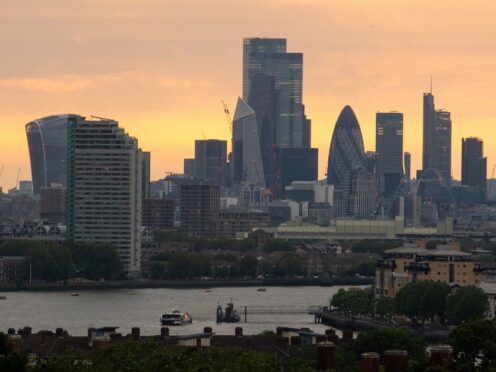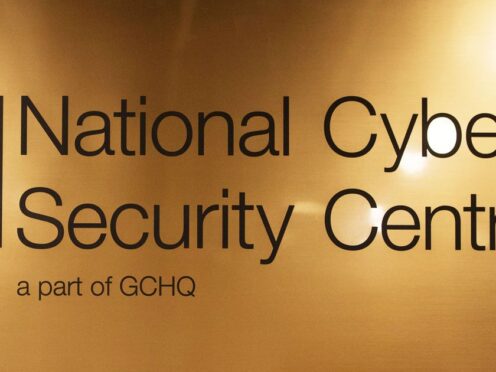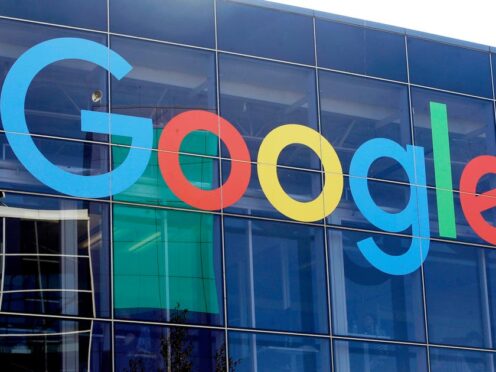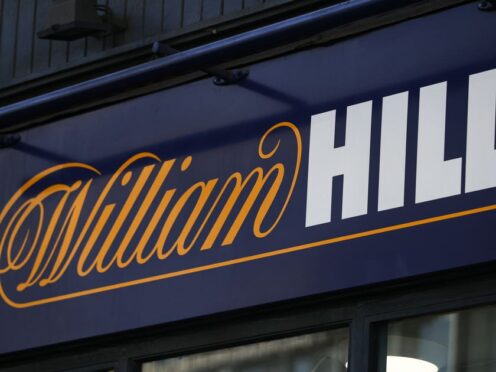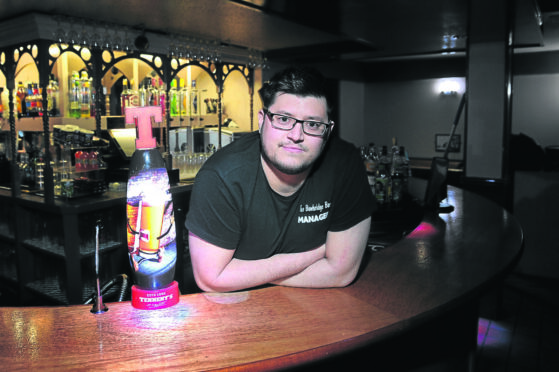A partner in Scotland’s largest independent accountancy firm which has offices in Forfar and Perth has raised concerns about the potential impact of Brexit on the Tayside berry picking industry.
Matt Henderson, who is head of restructuring at Johnston Carmichael, said divorce from the European Union was increasingly raising concerns amongst companies with the situation likely to be compounded if and when restrictions on freedom of movement are imposed.
Mr Henderson said: “There is a heavy reliance on the availability of labour in a number of key industries in Scotland – you only have to look at berry picking in agriculture , and at Scotland’s licensed, leisure and hospitality sector to see the potential impact.
“Care homes and other healthcare providers in Scotland are also heavily dependent on access to labour from the EU.
“Companies already trying to control their financial commitments and increase their margins are facing an expected increase in the cost of labour.
“The introduction of the National Living Wage alongside rising minimum wage levels mean tight margins will get even tighter, and this will affect many sectors of Scotland’s economy.
“When the restrictions on movement of people from the EU hits, attracting and retaining people from a limited skilled workforce in the country will be key to survival for everyone, and at that point wage competition will only continue to increase.”
Meanwhile, Mr Henderson has welcomed news that the number of Scottish businesses failing in the face of on-going economic challenges in the post-financial crisis era has plummeted, dropping by nearly 50% since 2012.
Banks and other lenders, working hard to restore confidence after the crisis of 2008/9, have offered much more support and have done a lot more to find non-hostile consensual strategies to prop up companies in trouble giving them a far better chance of survival, he said.
“Since 2012, the insolvency market has seen biennial spikes in the number of insolvencies taking place,” he added, “peaking at 1,622 that year and moving between around 880 and 1,050 in the following years.
“For the 12 months to June 2017, there were 887 corporate insolvencies in Scotland – down by almost 16% on the previous year’s total of 1,054.
“When broken down by type of insolvency, only administrations increased compared to 2016; up by approximately 6% to 126.
“There has been a 21% increase in the number of corporate insolvencies between the first and second quarters of 2017.
“However, when we compare the latest quarter results with the same quarter last year we’ve actually seen a drop of 34%.
“The drop in the number of corporate insolvencies being recorded since the banking crisis has occurred as a result of businesses and their lenders learning how to adapt to survive, and embracing the restructuring that must often be done to stay afloat in challenging market conditions.”
